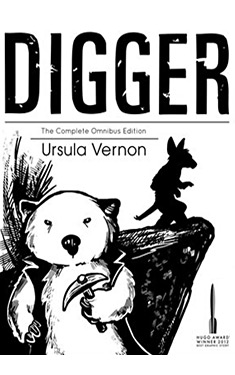

Kenji is grown up and is managing his family’s convenience store.

In the first volume, most of the story line takes place in the late 90s. Our childhood memories are fuzzy, we know we hid in tree houses, or in alleyways, we know we made up stories with our friends, but it’s been enough years that we don’t remember the specifics. I think readers of any age will enjoy 20th Century Boys, but I think readers of a certain age, say, 40 years and older, will especially appreciate it. They made up stories, listened to rock music on a portable radio, dreamt of joining a rock band, and did all the normal silly things that 12 year olds do.

In the late 1960s, their “hang out” was a spot in an empty field. Sounds like you had a similar childhood to Kenji and his friends. Here is a nice piece of full color art at the beginning of the first volume: I don’t know all the correct art terms, I just know that I like this style a lot! With all the detail, you can reread over and over, and you’ll always find something that you didn’t notice the last time.

There are tons of references to 60s and 70s rock music, and to world events that happened during that time. Much of the first volume takes place out doors, there is just the right amount of detail (in my opinion) of the landscape – backyards, trees, walking through a shopping district, etc. Urasawa’s art style is fairly realistic, and there is a ton of detail. I’ll come back to that in a minute, but first I want to talk about the art style of 20th Century Boys. Did you and your friends have a secret hide out? maybe a treehouse, or behind a garden shed? Did you come up with play acting adventures with your friends? Maybe one of you (or all of you!) were superheroes? This is worth buying the omnibus editions, each one is around $18 and includes three-ish volumes. I talked briefly about this graphic novel the other day, and now I’m gonna talk about it some more! 20th Century Boys, by Naoki Urasawa was serialized between 19.


 0 kommentar(er)
0 kommentar(er)
